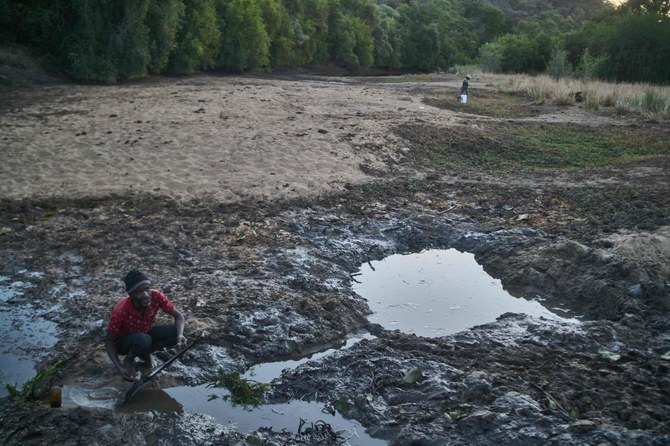The return of the cooling La Nina weather phenomenon this year is anticipated to bring some relief from months of record-breaking global temperatures, according to the United Nations’ weather agency.
The World Meteorological Organization (WMO) indicated that the effects of La Nina are expected to be felt in the coming months, as the warming El Nino weather pattern, which has contributed to increased global temperatures and extreme weather events since mid-2023, is showing signs of dissipating.
However, the WMO cautioned that despite the temporary cooling influence of La Nina, the long-term trend of rising global temperatures due to human-induced climate change persists. This ongoing climate change exacerbates extreme weather events and disrupts traditional rainfall and temperature patterns.
La Nina is characterized by cooler ocean surface temperatures in the tropical Pacific Ocean, along with associated changes in wind, rain, and atmospheric pressure. Unlike El Nino, which leads to drought in some regions and heavy rainfall in others, La Nina typically has the opposite climate impacts.
The WMO forecasts a 60 percent chance of La Nina conditions from July to September and a 70 percent likelihood from August to November. Conversely, the likelihood of El Nino redeveloping is considered minimal.
Despite the cooling effect of La Nina, the WMO emphasized that the Earth will continue to warm overall due to greenhouse gas emissions from fossil fuel consumption. This warming trend is further compounded by exceptionally high sea surface temperatures, which play a significant role in influencing global climate patterns.
The NOAA has incorporated the anticipated La Nina into its forecasts for the Atlantic hurricane season, predicting above-normal activity with four to seven major hurricanes expected between June and November. Factors contributing to this forecast include warm ocean temperatures in the Atlantic, the development of La Nina conditions in the Pacific, and reduced Atlantic trade winds.
Despite the influence of La Nina, the past nine years have still seen record warmth globally. The WMO underscored the importance of early warning systems for extreme weather events, particularly in regions with limited resources, such as Africa. These systems are crucial for informing early action and mitigating the impacts of climate-related disasters.









